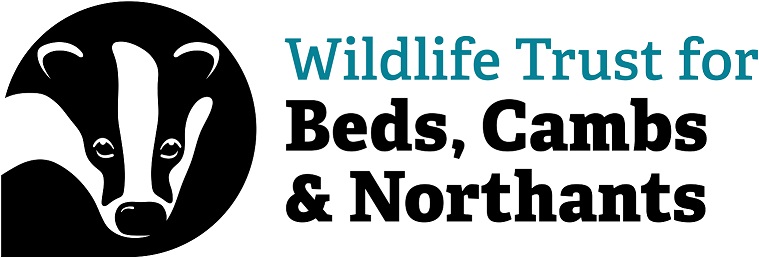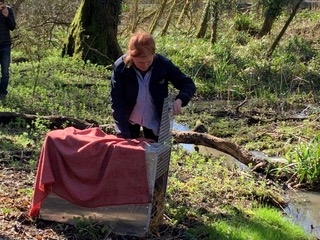
After working on the first release of beavers to London in Enfield, I joined the Wildlife Trusts as ‘Beaver Reintroduction Manager’ in 2024. It has been a really exciting time to be involved with the reintroduction of this species as their population is growing and beavers are making a successful come back in England.
Of the 39 Expressions of Interest s for wild beaver releases 20 came from Wildlife Trusts, and most of projects that have been given the go ahead are also the Wildlife Trusts.


